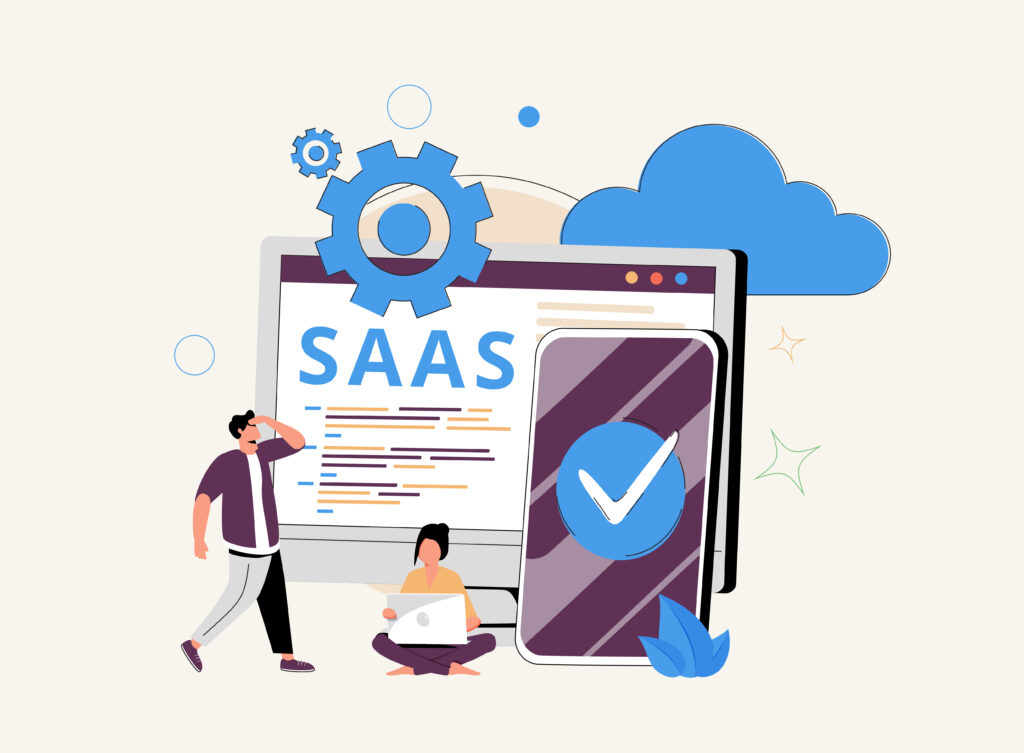
As the way we work continues to evolve, organizations continue to turn to cloud-based solutions to facilitate work efficiently in remote and hybrid working environments. As software as a service (SaaS) solutions grow in popularity, so does the number of competitive solutions, which means taking new developments to market in an impactful way is more critical than ever. That is why organizations need an effective go-to-market strategy. From defining the target market to outlining marketing and sales tactics to reach the audience and more, a go-to-market strategy has it all. Here are four tactics for developing an effective SaaS go-to-market strategy.
Identify The Target Audience
Bringing a new product to market starts with developing a solution that is designed to address a need or pain point that is experienced by a group of people. When launching a new solution, it is important to deep dive into the target audience and identify where your solution will be the most relevant. Identifying this audience comes from in-depth research encompassing the various characteristics of buyer personas such as demographics and firmographics. Pinpointing specific job functions, technology needs and more of those that can benefit most from your solution can uncover what personas are ideal to market to. Defining the primary target audience in detail helps give direction to the overall go-to-market strategy for messaging, marketing content and more.
Craft Messaging to Address Pain Points
With the target audience and buyer personas identified, next, it is important to craft messaging that addresses their pain points and needs. This messaging will act as the foundation of the marketing activities that make up the go-to-market strategy, so it must be accurate, impactful and resonate. To craft messaging, consider some of the overarching pain points each buyer persona faces. It might be the case that one persona is the Chief Operating Officer (COO) and one is the VP of Information Technology (IT). To craft messaging that aligns with these roles, you will need to dive into questions that include, what needs does the COO have that the VP of IT does not? What might speak to them both? It is important to consider these differences and similarities to ensure messaging points are unique to each when necessary.
Map Out the Buyers Journey
To purchase a new solution, every prospect goes through a buyer’s journey. A key component of a SaaS go-to-market strategy is to map out this journey, starting with defining the stages. While the stages will vary among organizations, it is important to understand that the buyer’s journey is not a linear process. A prospect does not always funnel through step-by-step and will often bounce back and forth before making their final purchase decision. Typically, there are at least three main stages to include when mapping out the buyer’s journey:
- Awareness Stage: This is where prospects become aware of your new solution.
- Consideration Stage: This is where you implement strategies to maintain their engagement, educate and keep your solution in the running.
- Decision Stage: This is where you execute marketing and sales tactics to drive them into selecting your solution.
Determine Marketing Activities
Now that the buyer’s journey is mapped out, messaging has been crafted and the audience defined, it is time to determine the marketing activities that will form the go-to-market strategy. To do this, consider what marketing efforts will make the most impact at each stage. Here are some examples of what that looks like in some of the buyer’s journey stages:
- Awareness: This stage is all about attracting prospects. Blogs, articles, social media posts, website content and email marketing is the perfect way to generate awareness. Blogs and articles are posted to websites, which receive traffic, social posts are posted on social media accounts, which has an almost endless reach and emails have the potential to impact a wide audience.
- Consideration: This stage is about nurturing prospects and further educating them on your key differentiators. Longer form content such as eBooks, white papers and webinars can help push the awareness a bit further and ensure their ongoing engagement. These types of content pieces include more detailed information, going deeper than a blog or social media post.
- Decision: At this point, it is about helping them select your software to purchase. Demo presentations, case studies and service trials can be of great use here. This puts them in the position to see exactly how your solution operates and how others have seen success with usage.
A Strong SaaS Go-to-Market Strategy for Success
In a world saturated by technology, it is important to stand out amongst the many competitors. A strong and well-thought-out go-to-market strategy helps set up SaaS organizations for success. Carefully planning a go-to-market strategy with these four tactics can help your organization launch with great success and most importantly, attract new customers.
Are you a SaaS organization looking for guidance on a go-to-market strategy or help with your B2B SaaS marketing efforts? Contact us today or request a free marketing consultation.
There are no comments